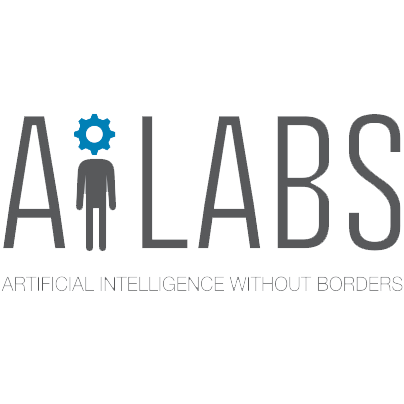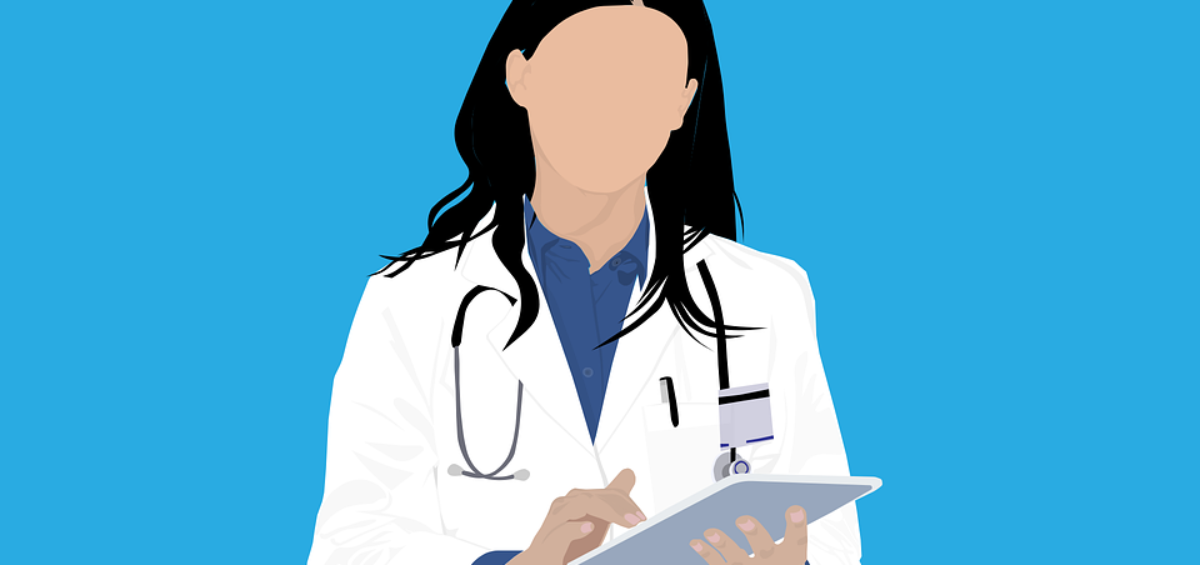This Guest Post is written By Anoushna Bardhan, USA
Artificial intelligence has the potential to drastically impact patient care. Various AI applications are already on the market or awaiting approval. These applications range from pattern recognition and health monitoring devices to robotics and voice-interaction tools.
Robotics is already helping in many different types of operations. Surgeons are already using the Da Vinci Surgical System, a robotic technology that assists in performing minimally invasive surgery. The technology translates hand movements in real-time, giving the surgeon full control while also providing highly magnified, 3D high-definition views of the surgical area.
Robotics is also being used to assist patients in stroke therapy, as seen with Bionik Laboratories in Toronto. This exciting new technology uses digital algorithms to detect motions that patients are unable to perform during therapy. Robotic arms and hands are then used to help guide the patient through the detected movements.
AI-driven technology, such as virtual assistants like Amazon’s Alexa, is being used to help patients in their daily lives. Using Alexa for reminders on when to take medication, eat, and other activities are especially useful for patients diagnosed with Alzheimer’s disease.
The whole field of gene therapy has been revolutionized by AI’s ability to match and decipher genes. Dyno Therapeutics, a biotechnology company, is a pioneer in the use of artificial intelligence in gene therapy. For example, one of the common vectors used to deliver genetic material into patient organs is the Adeno-associated virus capsid (AAV). There are however some limits to naturally occurring AAV capsids. Dyno Therapeutics has developed new machine-guided technologies to rapidly engineer a suite of new, improved capsids. Dyno used machine learning to analyze the capsid libraries optimized for different properties, such as the ability to target the liver or the central nervous system. Their work demonstrates the power of a comprehensive machine-guided approach to engineer many more such improved capsids for gene therapy delivery.
AI has also revolutionized the use of image recognition in healthcare. MelaFind, developed by MELA Sciences, is a technology used by dermatologists during melanoma skin examinations. Melafind uses infrared light to evaluate pigmented lesions. Dermatologists can analyze irregular moles and diagnose serious skin cancers such as melanoma by using the algorithms. Image recognition has made its impact on animal healthcare as well. International Business Machines (IBM), a global technology company, has already started working on ‘AI Assistants’ for veterinarians. These assistants can instantly recognize species once a pet or animal walks in through the door and diagnose it utilizing a database containing 800 medical conditions.
Syft, a leading provider of AI-enhanced inventory control, has helped over 970 hospitals and health systems reduce costs, enhance patient safety, and improve efficiency by optimizing their supply chains.
These many examples provide a small window into the promise of AI in the future of healthcare. This will only get better as AI algorithms become more precise and accurate in their interactions with increased amounts of data. The benefits run from process enhancements, precision medicine and surgery, and overall improvements in diagnostic tools. It is hard to imagine a more exciting time to be in healthcare.




Leave a Comment